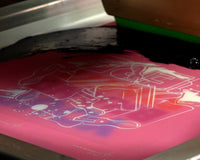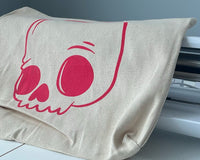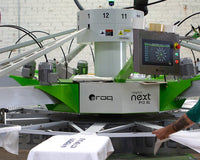News

Tips and Tricks for Using a Water-Based Pallet Adhesive

6 Easy Ways to Get Your Screen Printing Business Seen Online
You’ve started your screen printing business and have begun supplying your customers with awesome products. Now it’s time to get your business online and share it with the masses. This video is going to show you 6 easy steps to get your business seen online. Links Create a Wix Website Here: https://goo.gl/gcKGQJ See What […]
The post [VIDEO] 6 Easy Ways to Get Your Screen Printing Business Seen Online appeared first on Ryonet Blog.

How Riley Hopkins Screen Printing Equipment Evolves to Benefit Printers
Riley Hopkins presses are constantly being upgraded to make printers’ crafts easier. Chris Drury, Director of Manufacturing and Warehouse, walks through a timeline of Riley Hopkins presses.

Sim Process Separations | The Secret to Photorealistic Screen Prints

How Using a Dunk Tank Can Improve Printers' Reclaim Processes
Reclaiming isn’t the most fun part of the screen printing process. With all the scrubbing, waiting, rinsing, and scrubbing some more, it can become a tiresome task. It doesn’t have to be a monumental challenge, though. There’s a simple solution — a dunk tank. A dunk tank (also known as a dip tank) will change your life. How? Let’s dip into it (pun intended).

Best Practices when Printing Multi-Color Posters with Water-Based Ink

Tips for Reclaiming Screens for Best Results

How To Dial In Exposure Times Using An Exposure Calculator

How to Print White Plastisol Ink on a Black Shirt with a Smoothing Screen

3 Ways to Create Soft Prints with Plastisol Ink

Best Practices to Ensure Proper Ink Curing with 4 Curing Methods






